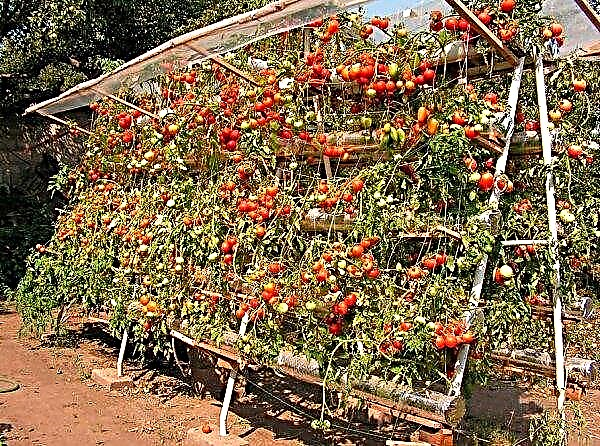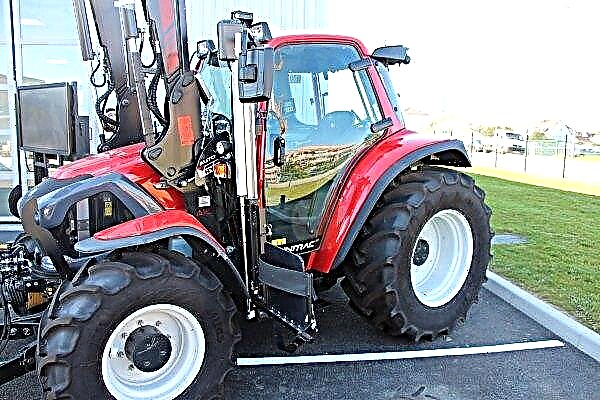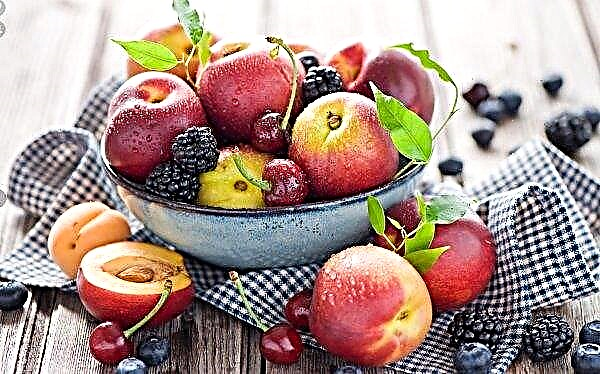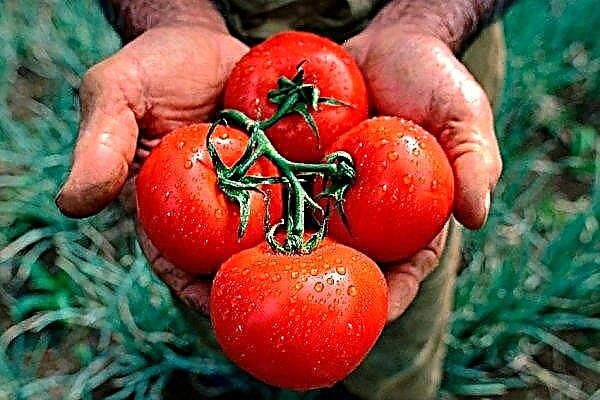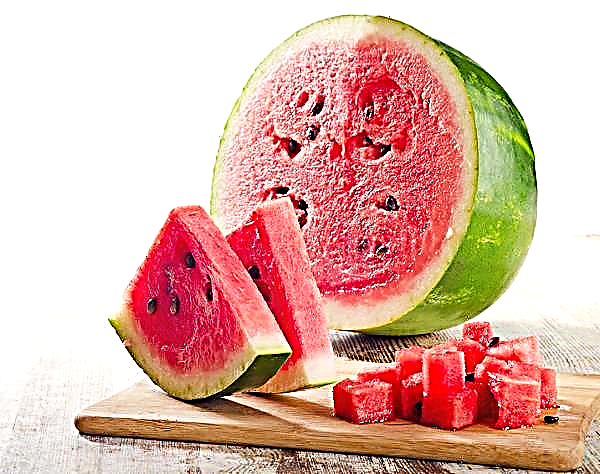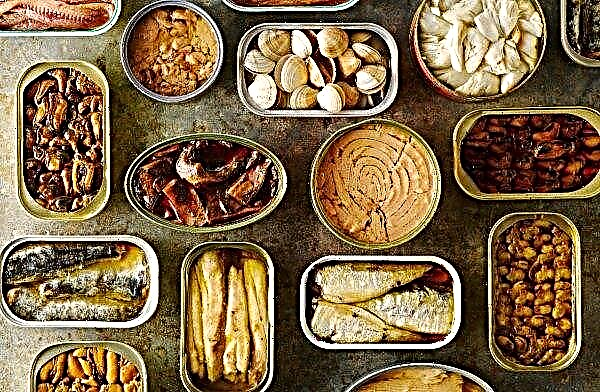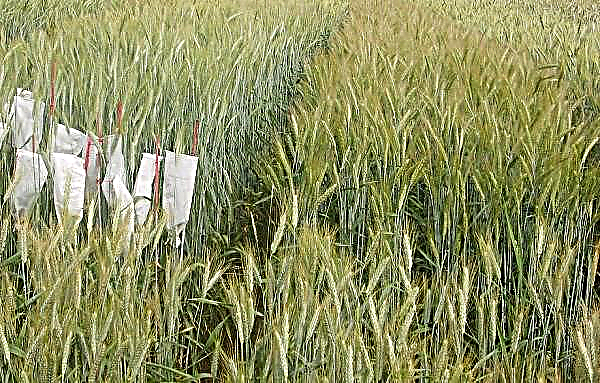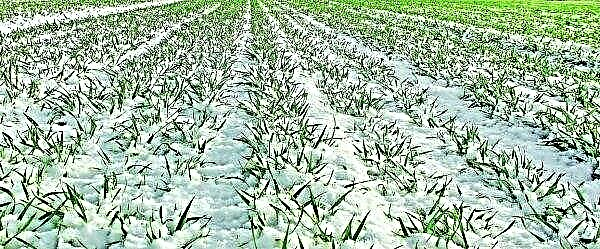Many gardeners prefer undersized tomato varieties only because after the appearance of 5-7 inflorescences, the plant stops growing and abundantly bears fruit. For a short ripening period, the tops of the leaves do not have time to become infected with late blight, even with adverse external factors. What hybrids are preferable for greenhouse cultivation and what are their advantages, learn further from the article.
Advantages and disadvantages of undersized tomato varieties
- Determinant (that is, having limited growth) tomato varieties compare favorably with tall ones:
- early fruit ripening;
- simultaneous and abundant fruiting;
- high productivity;
- good taste;
- resistance to the pathogenic environment and simplicity in leaving;
- unpretentiousness to growing conditions;
- the compactness of the bush, which allows you to apply any agricultural technology growing.
Despite the numerous advantages of undersized tomatoes, vegetable growers produce some hybrids that tend to build up stepsons. In turn, this feature negatively affects the quantity and quality of fruits, therefore, timely human intervention is required, which complicates care.

Basic rules for choosing a variety
High-quality planting material is the key to a high yield. However, successful vegetable growers do not limit the choice of tomato varieties to the purchase of seeds they like in a specialized store. In order for the resources spent to bring the expected result, it is important to initially analyze the varietal characteristics of the crop, as well as their compliance with the conditions of your greenhouse. Indeed, each structure, depending on the material, heating and ventilation systems, differs in temperature, humidity and soil.
Experts advise when choosing tomato varieties to pay attention to:Did you know? Afraid of poisoning with tomatoes, Europeans cultivated them for a long time as a garden culture, and the fact that George Washington tried to poison a tomato dish even entered the history of America.
- Productivity. Subject to the agrotechnical rules indoors, it is quite possible to collect up to 15 kg of fruit from 1 m². Along with the quality of the soil, climatic conditions and care, the selection characteristics of the plant also influence this indicator. In this aspect, F1 hybrids are preferred that are distinguished by the preservation of dominant parental traits.
- Fruit size. The choice depends on the purpose of cultivation. Large-fruited specimens are more suitable for canned food in crushed form. Varieties with medium and small fruits are mainly used for whole preservation.
- Species type bush. Tall (indeterminate) hybrids are beneficial in that they bear fruit throughout the season, and the crop from their tops does not grow smaller. However, caring for vegetables of this species is very troublesome, requires timely pinching and pinching. Low-growing (determinant) varieties are planted in order to obtain a simultaneous early crop.
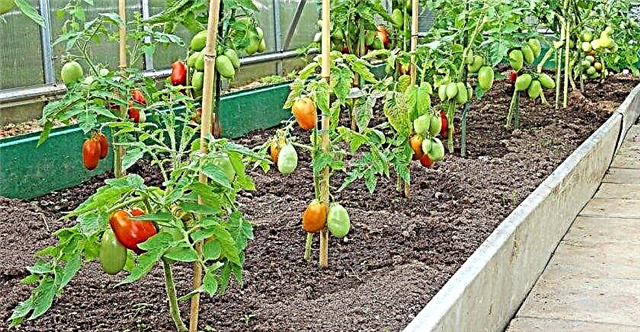
- Disease resistance. Since all greenhouses are a closed space, where there are often problems with dampness, ventilation, inappropriate temperature and its sudden changes, varieties with increased immunity are preferred.
- Ripening time. Agricultural practice proves that during the season about 3 crops can be harvested from tomato bushes. With the competent purchase of early, mid-ripening and late hybrids, you can provide yourself with fresh tomatoes until winter.
- Keeping and transportability of fruits. In this aspect F1 hybrids well proved. When choosing, it is worth considering that most varieties of this series have low taste.
- Greenhouse Features. Summer designs made of cellular polycarbonate are considered cold, so it is better for them to choose more resistant as well as early ripening varieties. For winter polycarbonate rooms where heating is provided, hybrid varieties with a short growing season will be relevant.
Important! Dampness is fraught for tomatoes with the appearance of Drosophila, eating rotten decompositions.
The best undersized varieties of tomatoes for greenhouses
Determinant tomatoes are in great demand among owners of low shelters without heating. Here is a list of promising varieties, as well as their characteristics.
Early ripening
Most undersized tomatoes are characterized by early ripening. This feature allows the grower to harvest the first crop in early June. This variety is especially suitable for cultivation in regions with a short summer.
The best, according to experienced gardeners, the following varieties are recognized:
- "Cameo" - a neat, medium-branched bush grows up to half a meter high, red oval fruits weighing about 60 g ripen 90–95 days after sowing the seeds, are distinguished by fleshy, juicy pulp;
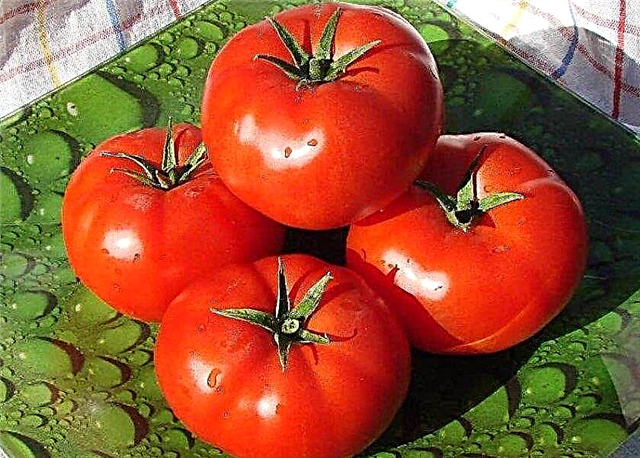
- "Doll F1" - develop stems up to 1 m and after 85 days after planting give a plentiful harvest, the fruits are round with a small amount of seed inside;

- "White filling" - characterized by powerful tops and red round fruits weighing about 50 g, which ripen after 93 days;
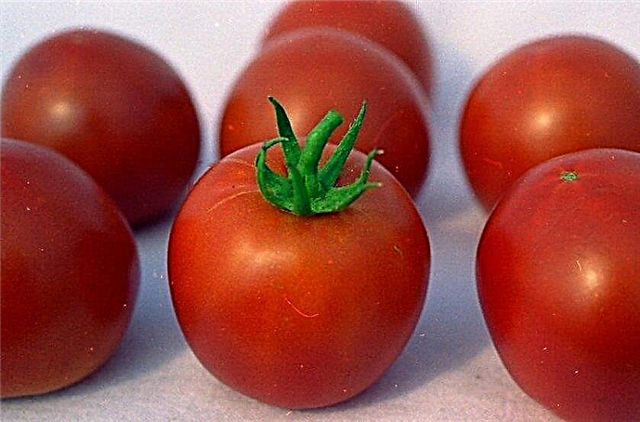
- "Rocket" - yields a crop 82 days after emergence, the fruits are small in size, regular oval;

- "Friend F1" - develops up to 70 cm, semicircular red, slightly ribbed tomatoes weighing about 90 g ripen 95-100 days after sowing, the crop is juicy and has an excellent taste.

Self-pollinating
The peculiarity of this category of tomatoes is that pollen from stamen anthers randomly enters the flower pistil. To increase the amount of ovary formed, experts advise helping plants shake the stems or with a fan.
This type of determinant varieties includes:Did you know? Tomatoes began to be eaten only after a retired Colonel Robert Johnson, having lost faith in the justice of American justice, tried to poison himself by eating a bucket of ripe fruit.
- The Riddle - the crop on half-meter bushes ripens in 82–88 days, approximately at the end of the first decade of June, the fruits are tasty, fleshy, weigh about 50 g;

- "Pink honey" - develops stems about 70 cm high, bears fruit in 110–115 days, is characterized by poor resistance to disease;

- "Ballerina" - the standard bush grows to 60 cm, no more than 6 brushes are formed on a powerful trunk, fruiting begins after 105 days, red tomatoes are pepper-shaped, high density, with a thin skin and a pleasant taste;
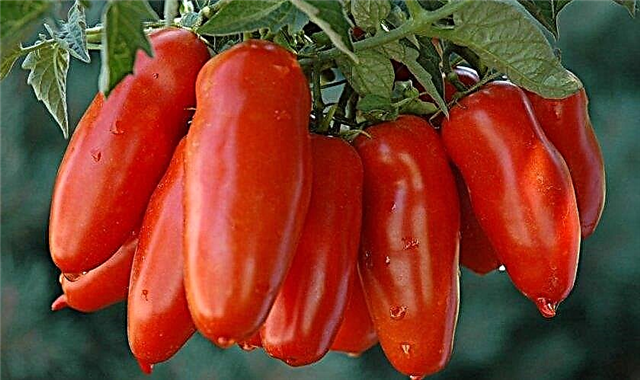
- "Eleanor" - rounded, red fruits weighing 80–90 g ripen in 97–100 days, the bush grows no more than 1 m;

- "Gull" - the growing season of a half-meter bush lasts no more than 98 days, the fruits are round, slightly flattened, red in color, weighing about 80 g, the plant is resistant to disease.
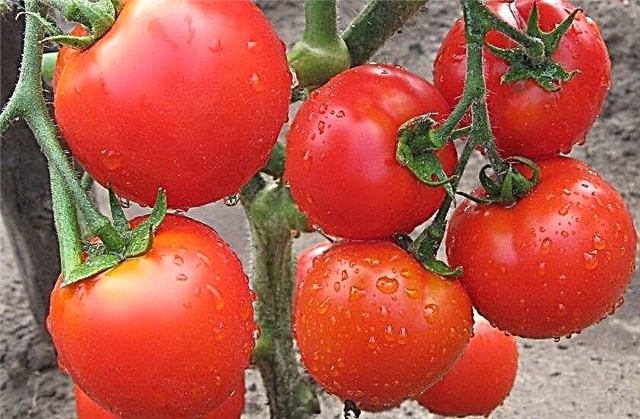
Large fruited
Tomatoes of this variety are characterized by fleshy flesh and specific sugar content. They are advantageous for their versatility, but due to the large size of the fruits are not suitable for pickling and pickling.
The best, according to consumer reviews, are:- "Paradise" - characterized by pink round-shaped fruits with medium density and delicate skin weighing 125–200 g;
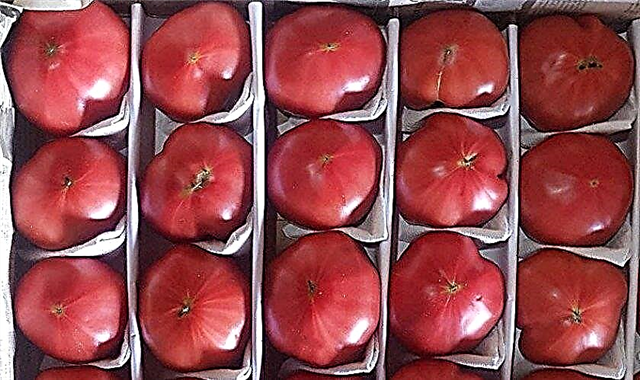
- "Hermitage" - medium-yielding variety, the rounded red fruits of which weigh about 125 g;

- "Native" - different potato-shaped bright raspberry tomatoes, they weigh about 180 g, suitable for consumption in the form of fresh salads and canned goods;

- "Igrand" - a high-yielding hybrid, compares favorably with unpretentiousness and resistance to most diseases of solanaceous crops, has a sweet-tasting, aromatic fruits of a flat-rounded shape with a maximum weight of 120 g;

- Crimean rose - gives from each m² up to 7 kg of the crop, the fruits are characterized by a pear-shaped, average size, weighing up to 120 g, saturated pink-red color and a greenish spot on the stalk.
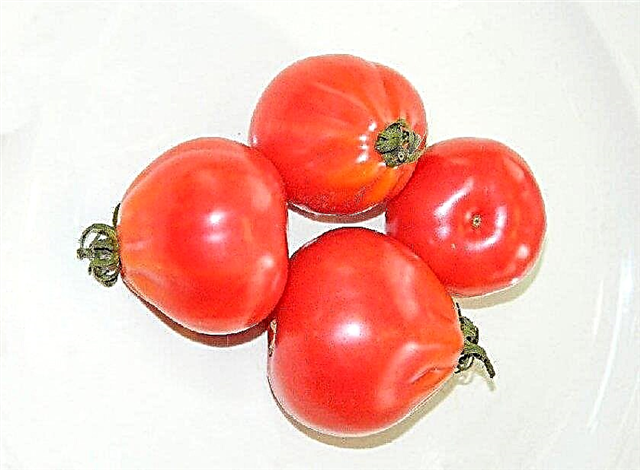
High yielding
The amount of harvest depends on the microclimate of the greenhouse and the particularities of plant care. But breeders took care of the genetic predisposition of some varieties to high fruiting.
Among those are popular:Important! To harvest from mid-season semi-determinant tomatoes, timely pinching is necessary. If the procedure is carried out according to the determinant type, the plant will begin to bear fruit early and together.
- "Olya F1" - on a low bush about 15 brushes are formed, on which about 25 kg of fruits ripen with an average weight of 100–120 g, the crop has a sweet and sour taste, dense skin and juicy pulp;

- "Rajah" - early ripe, large-fruited variety, fruits are characterized by red color, round shape, sweet taste, dense fleshy flesh, average weight 200-300 g, about 1 kg of crop can be harvested from 1 m²;

- "Pink honey" - tomatoes are pink in color, average weight of about 600-800 g, heart-shaped and sweet taste, the yield of the variety can reach more than 6 kg per bush;

- "Grouse" - characterized by early fruiting, ripe tomatoes have a red color with intermittent yellow stripes, they are characterized by a rounded slightly flattened shape, the yield of the variety is within 15 kg;
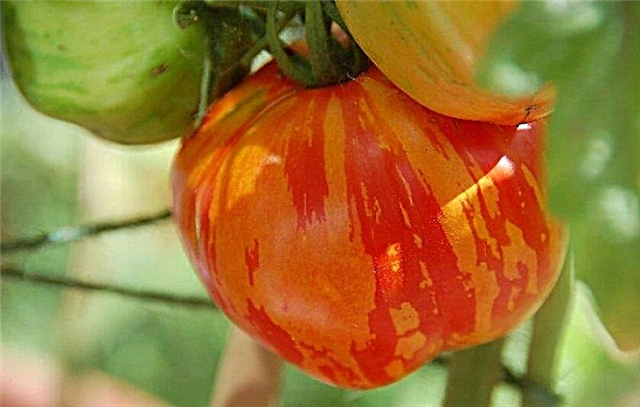
- "Golden domes" - differs in complex brushes on which about 13–15 large yellow-orange fruits are formed weighing up to 800 g of a weakly expressed heart-shaped form, the crop yield is 20–25 kg.
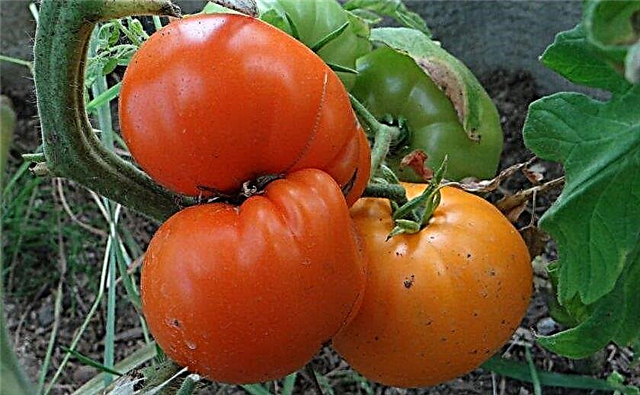
Early
You can get a good early harvest from the following varieties:
- "Agatha" - on a half-meter bush, after 95-100 days, flat-round red vegetables with elastic hard skin and juicy fleshy flesh weighing up to 110 g ripen;

- “Visibly Invisible” - a high-yielding variety, characterized by amicable abundant fruiting, tomatoes are dense, oval, red in color, weighing up to 150 g, ripen in early June;
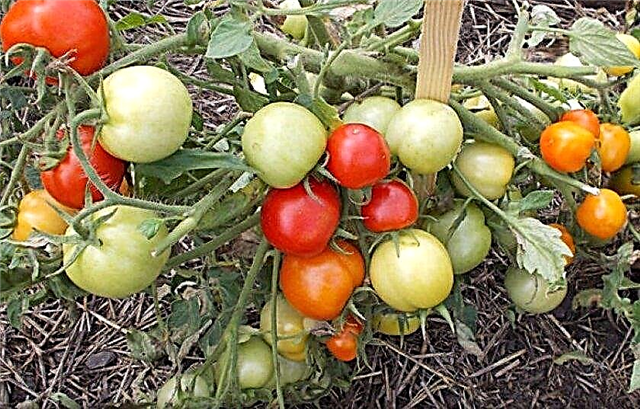
- "Lady fingers" - on a 60-centimeter bush in 82–95 days, red cylindrical fruits ripen with a weak ribbing, dense skin and fleshy pulp, weighing about 100 g;

- "Girl blush" - compares favorably with long fruiting (up to 5 months), characterized by large rounded raspberry fruits, weighing up to 200 g, with good marketability and taste, fruiting occurs 100 days after emergence;

- Gina - medium-branched variety with a yield of about 10 kg, the vegetative period lasts 110 days, the fruits are oval, dense, juicy, red in color with an average weight of up to 280 g.

Later
Judging by the reviews of experienced gardeners, in this category tomatoes have worked well:
- Rio Grande - the variety is high-yielding, unpretentious, the vegetative period lasts 125 days, red small fruits have good taste;
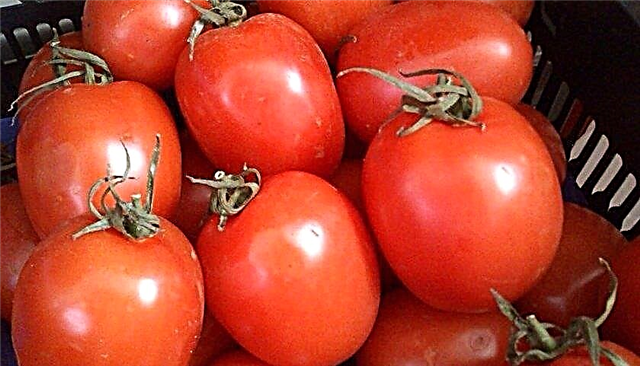
- "The finish" - the crop ripens after 135 days, the tomatoes weigh about 90 g, differ in rich red color, sweet-sour taste, juicy pulp and very dense skin;

- Arabic pink - characterized by extended fruiting, a vegetative period of 130 days, ripe tomatoes weigh about 300 g, have a heart-shaped, dense pink color, slightly granular flesh;

- "Rocket" - fruiting occurs after 130 days, the fruits are red, juicy, in shape resemble an elongated oval, weigh about 60 g;

- "Titanium" - the vegetative period lasts 130 days, tomatoes have high taste and marketability, are characterized by a weight of about 120 g, red color, high density and meatiness, no more than 4.5 kg of crop can be removed from one bush.

No stepson
Many novice gardeners find it difficult to identify stepsons, removing foliage instead.
Such actions hinder the development of the bush, therefore, in such situations, the selection of the following tomato varieties will be very appropriate:Important! If in the greenhouse the air temperature has not warmed up to + 10ºС, then it is recommended to disinfect walls and ceilings with an aqueous solution of laundry soap. And when the thermometer rises higher, mold and fungi from the inner surfaces of the frame should be removed with the drug «Fitosporin». Similar procedures are required to be done with working equipment, drawers, racks.
- "Watercolor" - on a small compact bush in 115–120 days elongated fruits ripen with elastic thick skin and juicy pulp;
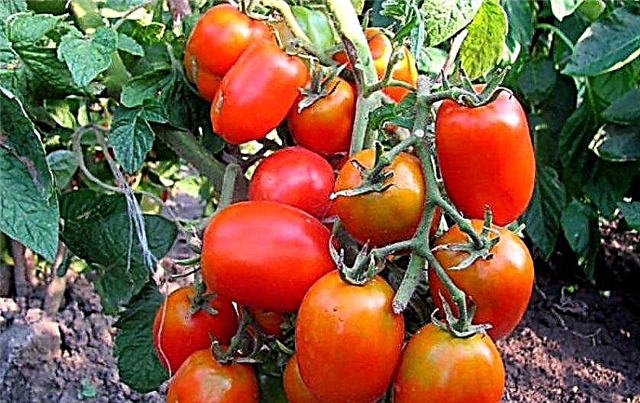
- Red Fang - a high-yielding, early ripe variety with small red fruits, the vegetative period lasts about 120 days;
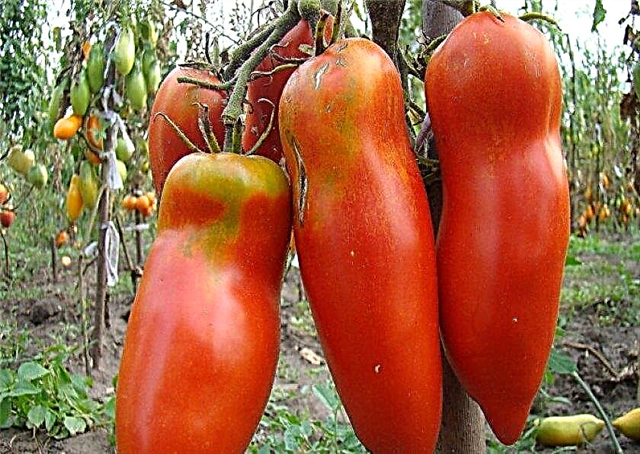
- "You have" - characterized by abundant friendly fruiting, tomatoes of medium size, rounded with weak ribbing, orange;
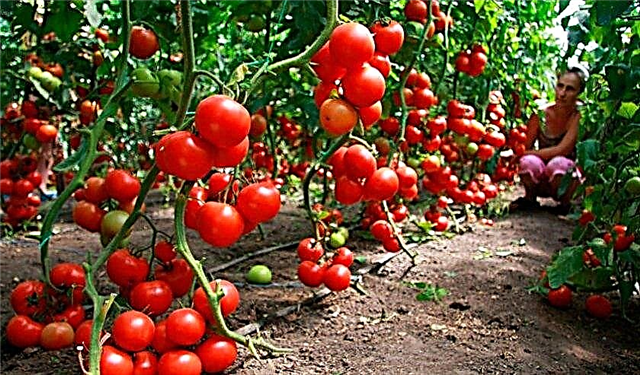
- Krakowyak - an early ripe variety with small flat-round red salad type tomatoes.
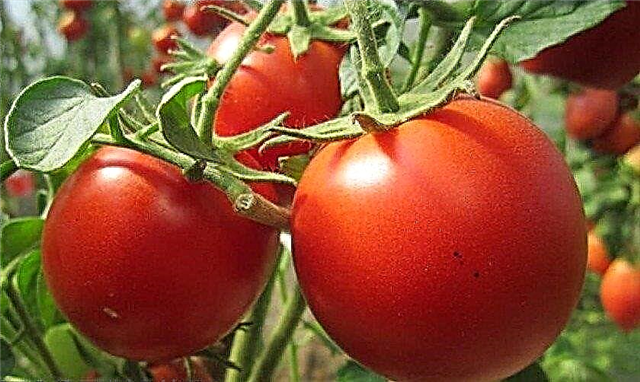
How to form undersized tomatoes in a greenhouse
Determinant varieties are best formed in 2 stems. In this case, the lower foliage is recommended to be removed for ventilation of the root zone. In addition, this will facilitate the watering and top dressing of vegetables.
Varieties that are prone to building stepchildren require their timely removal. Keep in mind that extra shoots never appear on the stems, they need to be looked for in the leaf sinuses.
When greenhouse growing undersized tomatoes, a larger number of left flower brushes is permissible. The microclimate of polycarbonate and other shelters will allow the mature ovary to mature in time.Did you know? A record-breaking large tomato was grown in Wisconsin (USA). The fruit in size resembled an average watermelon and weighed almost 3 kilograms.
Bushes that do not require pinching, it is advisable to brighten well and constantly monitor the moisture level in the soil and the room, otherwise late blight can not be avoided.
The need for the installation of supports and garter can arise only in specimens that develop to a height of 1 m and have thin fragile stems. In this case, in order not to damage the tops, it is advisable to use a soft fabric tourniquet as a garter.
Video: the formation of a bush of undersized tomatoes in a greenhouse
Features of growing and caring for tomatoes
Low-growing tomatoes are advantageous for their undemanding and easy care. If you follow the agrotechnical rules for growing solanaceous crops, a plentiful and high-quality crop is guaranteed.
Watering mode
Excess moisture threatens tomatoes with late blight, and can also provoke intensive development of tops, which, in turn, will negatively affect fruiting, therefore, waterlogging of the soil should not be allowed on the vegetable bed. The same goes for drought.
So that the plant, while building up unnecessary biomass, does not waste nutrients, it is recommended to water the bed weekly 2-3 times. To avoid burns on the foliage, it is better to do this in the morning. It is advisable to use water at room temperature after daily sedimentation.
Fertilizer application
To stimulate a good yield, tomatoes need to be fertilized at least 2-3 times during the growing season. For the first time, this procedure is relevant already on the 10th day after transplanting, the subsequent top dressing should be carried out with a two-week interval. If the bushes grow poorly and form an ovary, additional introduction of complex minerals is required.
All types of tomatoes develop very well after the root application of a solution of chicken droppings or mullein. It is important to observe the measure, since an excess of nitrogen-containing components will provoke violent growth of the bush and poor fruiting.
Important! In spring, when daylight hours last about 13 hours, additionally illuminate the greenhouse.Otherwise, there is a high probability of inhibition in the growth of tomato bushes. Then the first inflorescences will appear not on the 7-8th leaf (as it should be), but on the 13th.
Pest and Disease Control
The slightest violations of growing technology and improper care are fraught with the development of pathogenic microflora and attacks of harmful insects.
All types of tomatoes are more or less sensitive to:
- late blight;
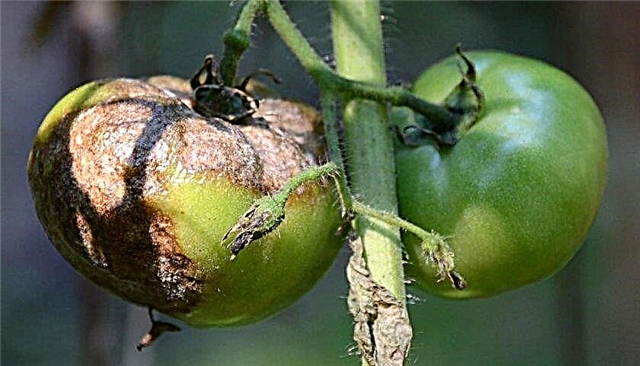
- putrefactive infections;

- anthracnose;

- mosaic;
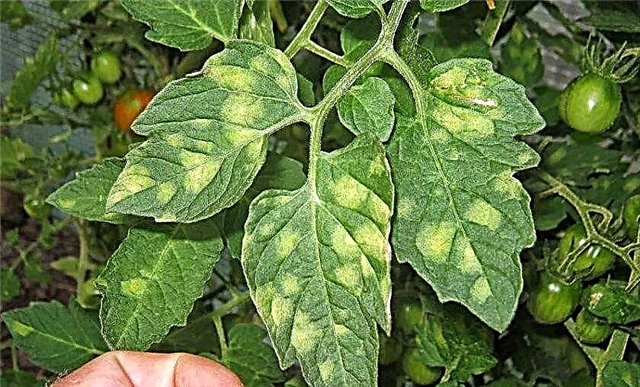
- cancer pathogens;
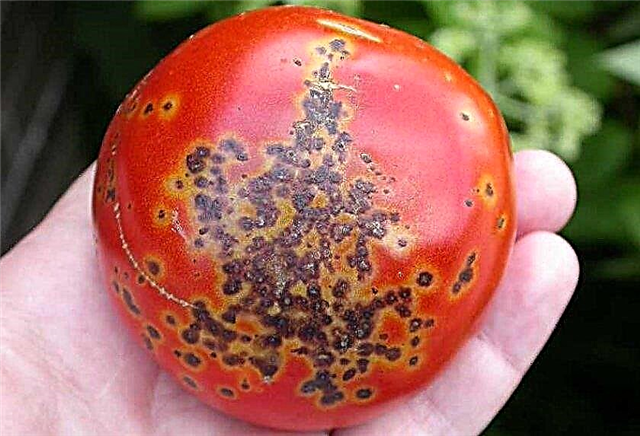
- spotting (bacterial and brown).

Diseases can be avoided only if the requirements of the plants are observed and constant control over their development. The treatment is carried out by fungicides ("Maxim", "Barrier", "Hom", "Fundazol").
They like to eat solanaceous juice:
- Colorado beetles;
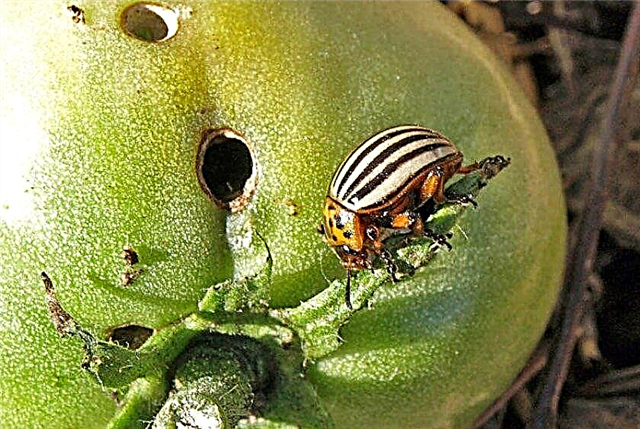
- caterpillars

- gall nematodes;
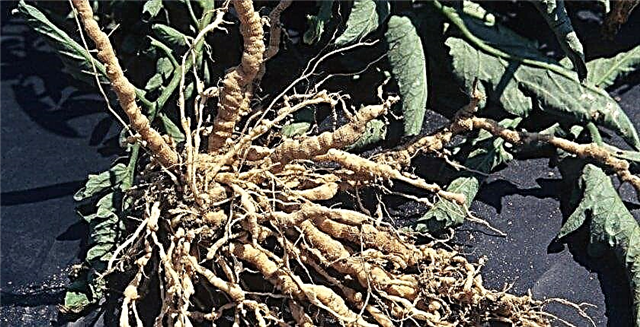
- whiteflies;

- scoops;

- spider mites.
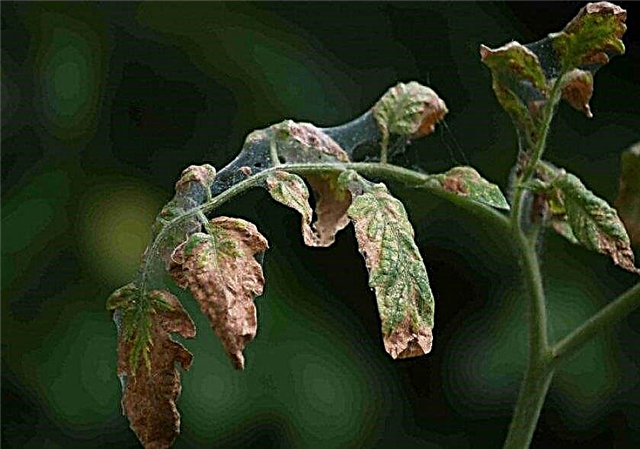
Harvest Dates
Depending on the selection features, the ripening time of tomatoes is different. In some, the vegetative period lasts about 82 days, while in others - within 130 days. Also, the size of the fruit, its juiciness, the structure of the pulp, the density of the peel, and, accordingly, the portability and storage methods, depend on the variety.
If you have to deal with early tomatoes, they are often used for raw consumption. Large meaty fruits are processed into juice, adjika, ketchups, and small and medium canned or salted whole.
When the harvesting period begins, the fruits must be carefully removed from the stems, avoiding cracking and mechanical damage to them. Instances with thick elastic skin can be transported over long distances, while more delicate ones are unsuitable for such manipulations.
If you want to keep a fresh product until late autumn, you can collect the tomatoes in a box and put it in the cellar, covering it with a warm cloth. Fruits that did not have time to ripen on time are more suitable for this.
Among undersized tomatoes, there are many varieties for every taste. We hope our article has helped you determine the best options.
















































